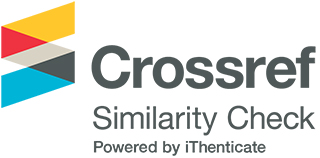Sociolinguistic Insights from Free Associative Experiment Data
(Altruistic Patterns Across Gender and Age)
DOI:
https://doi.org/10.33422/jarss.v7i1.1173Keywords:
language, society, age and gender, altruism, sociolinguistics, psycholinguisticsAbstract
This study delves into the intricate relationship between language, cognition, and society by employing a multidimensional approach. It combines free associative experiments and sociolinguistic analysis to offer a nuanced perspective on concept configuration. By focusing on the intersection of sociolinguistics and psycholinguistics, the research explores how sociocultural factors influence the way individuals associate concepts, exemplified through the study of “Altruism” in English native speakers. The findings underscore the significant impact of variables like age and gender on the concept configuration, revealing the fact that social variables shape linguistic consciousness. This integration of methodologies provides a comprehensive understanding of the concept configuration, emphasizing the need for a multidimensional approach in the study of language intricacies. In summary, this article highlights the importance of merging free associative experiments and sociolinguistic analysis to unravel the influence of social factors on concept associations. It contributes valuable insights into the dynamic nature of language, cognition, and society while emphasizing the relevance of age and gender variables in such investigations. This research lays a foundation for further exploration in the fields of sociolinguistics and psycholinguistics.
Downloads
Published
Issue
Section
License
Copyright (c) 2024 Maia Chkheidze, Revaz Tabatadze, Lika Tsulukidze

This work is licensed under a Creative Commons Attribution 4.0 International License.












